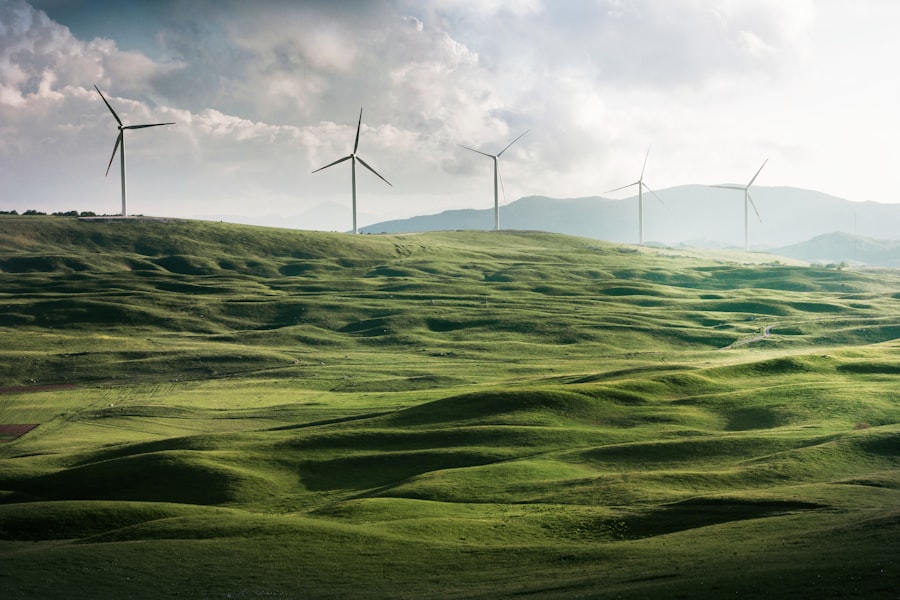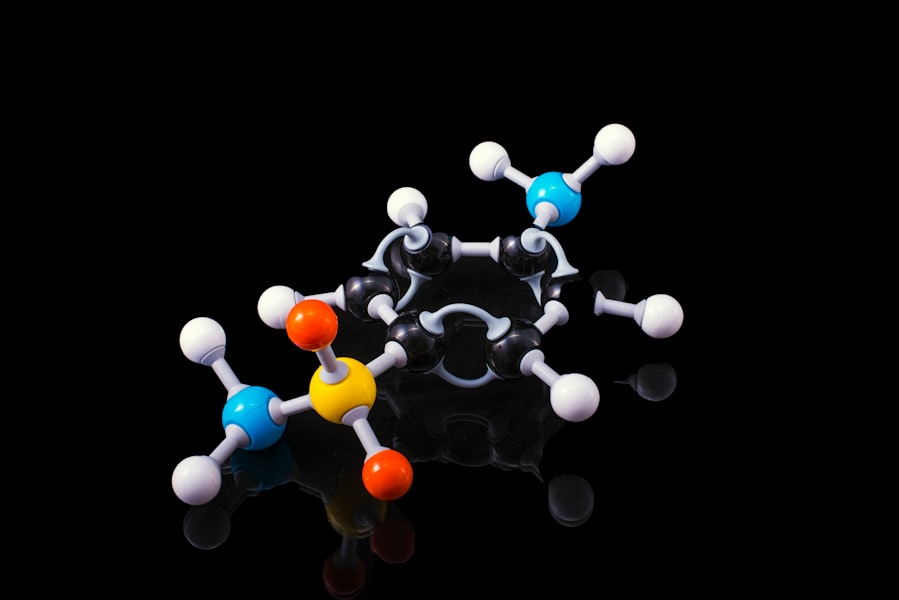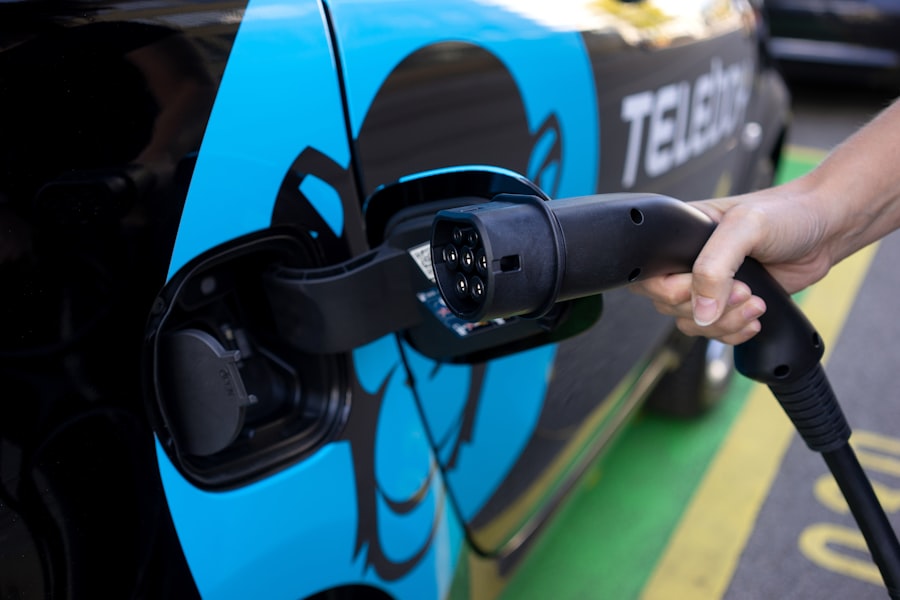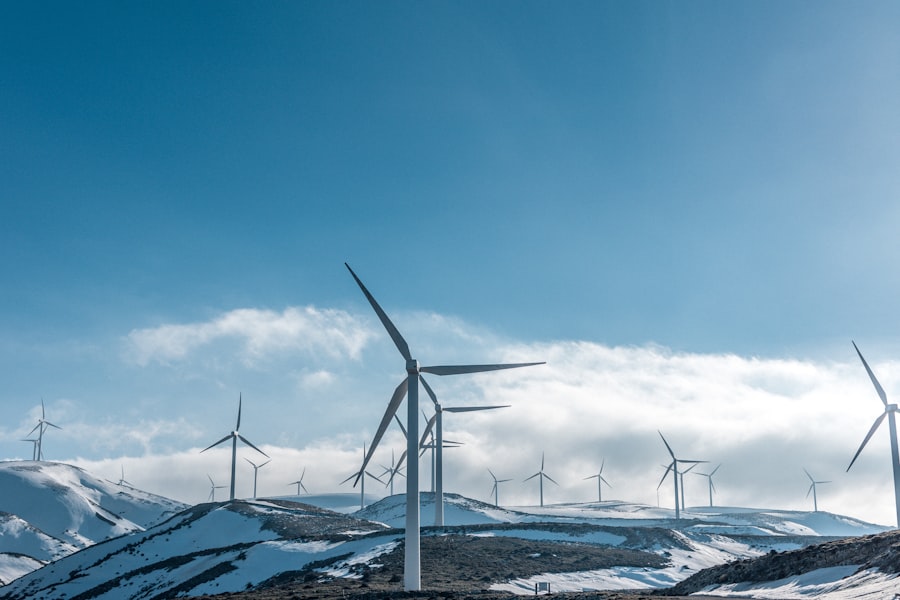
Clean Logistics SE Takes Action to Address Financial Difficulties
Clean Logistics SE is a company that builds hydrogen-powered trucks and is in need of liquidity to survive. To cope with its financial difficulties, the company has announced a capital increase to 1.80 euros per new share, which is significantly lower than the previous stock price. In addition, major shareholders have already pre-subscribed new Clean Logistics shares worth more than 1.2 million euros. Furthermore, Clean Logistics has decided to sell its subsidiary GINAF Trucks Nederland B.V., which it had only acquired in July of this year, as a „strategy adjustment“. This sale will reduce debt obligations and generate revenues in the mid single-digit million range. As a result of these announcements, the Clean Logistics stock price dropped to 2.40 euros on XETRA trading and ended at 2.92 euros on Thursday.
In summary, Clean Logistics SE is facing financial difficulties and has taken action in order to respond to them by raising capital and selling its subsidiary GINAF Trucks Nederland B.V.. These measures have caused the stock price to drop significantly from 17.90 euros in August to 2.92 euros on Thursday.
Liquidity and Cash Flow
Liquidity is an important factor when it comes to cash flow. It represents the ability of a business to meet its short-term obligations such as payroll, rent and other expenses without having to resort to borrowing or selling assets. Having sufficient liquidity allows businesses to take advantage of opportunities that arise in their industry, as well as weather any unexpected financial hardships. Businesses can increase their liquidity by maintaining a positive cash flow, managing their inventory carefully, and collecting payments from customers promptly.You might also like this article: O que são Xenobots? A nossa definição. Picture source: Ronnie George






